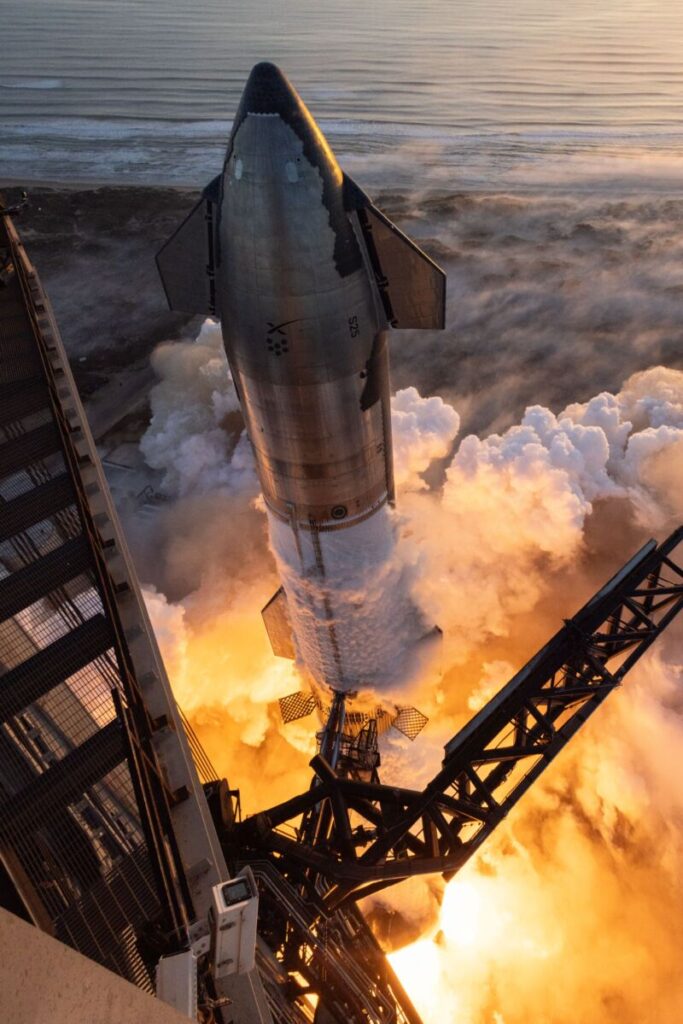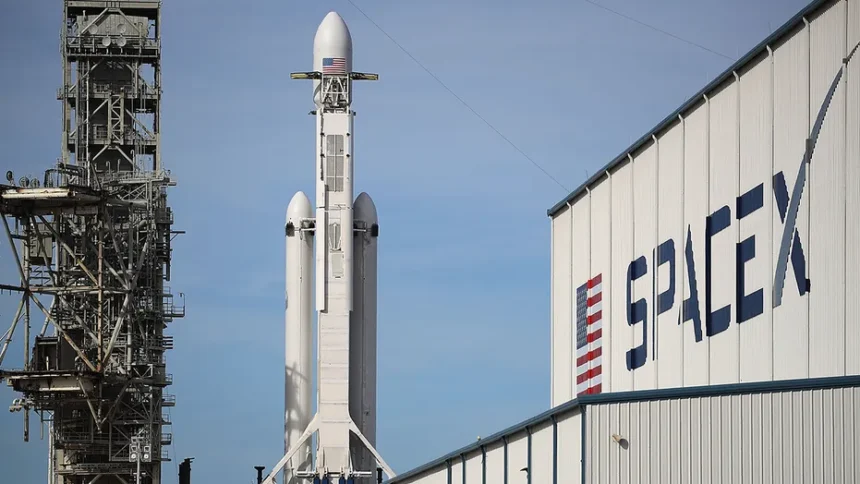SpaceX has voiced frustration over delays caused by U.S. government environmental reviews, which will push back the next Starship launch by more than two months, moving it to November. The company argues that the bureaucratic process has taken longer than the time it took to design and build the rocket itself. In a statement released on Tuesday, SpaceX criticized the situation, stating that such delays “threaten America’s position as the leader in space.”
What’s Happening & Why This Matters
The tension between SpaceX and government agencies is intensifying as environmental concerns come to the forefront. Recently, a state agency in Texas reported that SpaceX had violated environmental regulations by releasing pollutants into local waters. The New York Times also published an investigation suggesting that SpaceX misled local officials about the environmental impacts of its rocket launches, particularly regarding potential harm to wildlife. SpaceX has rejected these claims as “factually inaccurate” and “false.”

In its latest communication, SpaceX pointed to “four open environmental issues” that prompted the Federal Aviation Administration (FAA) to delay the next launch, despite the rocket being ready since early August. The company expressed frustration, stating that the licensing process has been sidetracked by “frivolous” and “absurd” issues instead of focusing on critical safety analysis and collaborative efforts to protect the environment and public. SpaceX believes these delays hinder the progress of Starship, a rocket that CEO Elon Musk plans to send to Mars by 2026. The upcoming flight aims to re-land the booster at a SpaceX launch site, where two large robotic arms will attempt to catch the rocket as it descends onto the platform.
The company maintains that it complies with all environmental regulations under the supervision of the Environmental Protection Agency (EPA) and the Texas Commission on Environmental Quality. However, some critics argue that SpaceX is portraying itself as a victim while ignoring its responsibility to adhere to established environmental standards. Aerospace engineer Chris Combs tweeted, “If SpaceX put the same level of effort into submitting their permit applications as they did in that manifesto they just posted, they wouldn’t be in this mess.”
TF Summary: What’s Next
SpaceX’s conflict with U.S. regulatory bodies reflects tensions between rapid technological advancement and environmental safeguards. While the private company pushes for expedited approval processes, the outcome hinges on finding a balance between innovation and regulatory compliance. Future developments may include further public statements, legal actions, or negotiations streamlining the licensing process while addressing environmental concerns. Next steps involve both SpaceX and regulatory agencies seeking a middle ground to facilitate space exploration without compromising environmental integrity.
— Text-to-Speech (TTS) provided by gspeech


